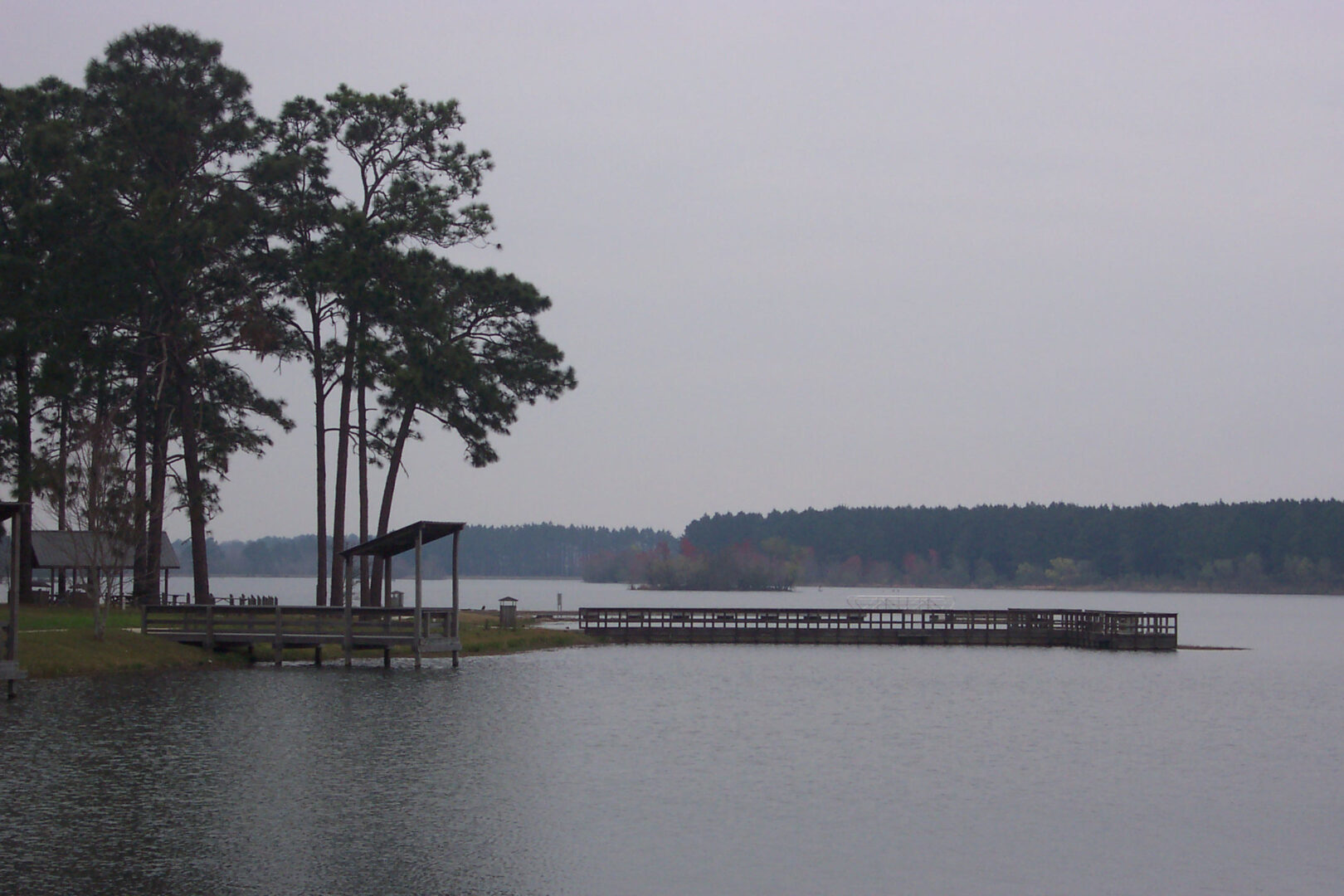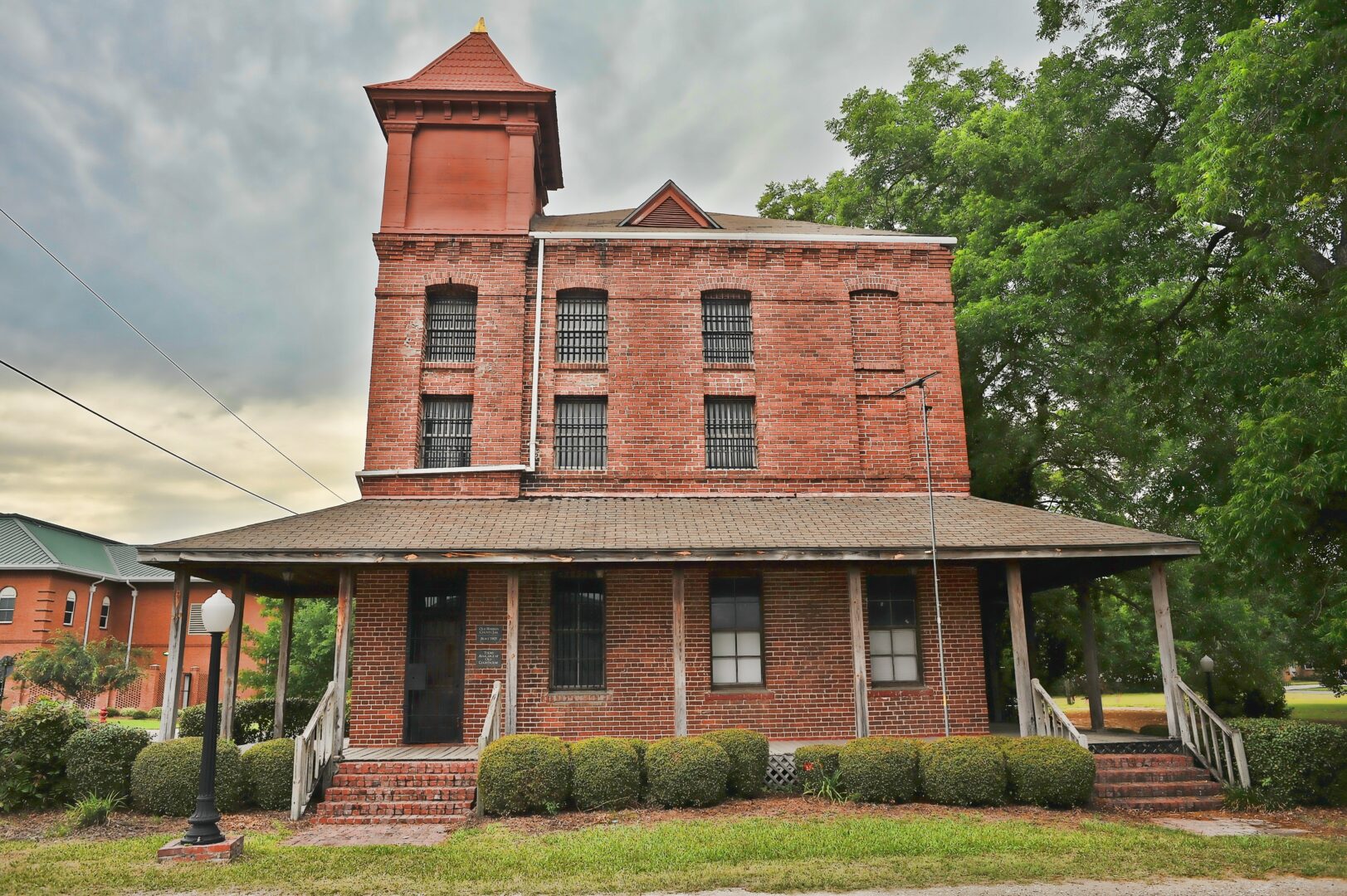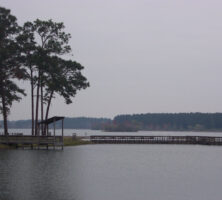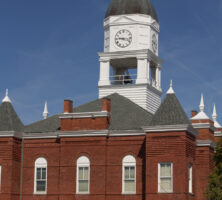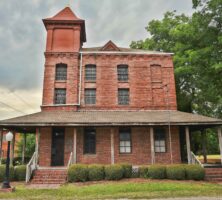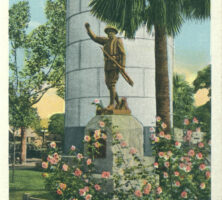Berrien County, in southwest Georgia, was formed from parts of Coffee, Irwin, and Lowndes counties in February 1856. Berrien is Georgia’s 116th county, with an area of 452 square miles.
The county was named for John Macpherson Berrien, a Savannah lawyer who served variously as a judge, a state senator, a U.S. senator, and the attorney general under U.S. president Andrew Jackson. In the War of 1812 (1812-15) he was captain of the Georgia Hussars, a volunteer company from Savannah. He was also the first president of the Georgia Historical Society.
The county seat of Berrien is Nashville, incorporated in 1892 and the site of the county courthouse, which was built in 1898. Other incorporated towns in the county are Alapaha, Enigma, and Ray City.
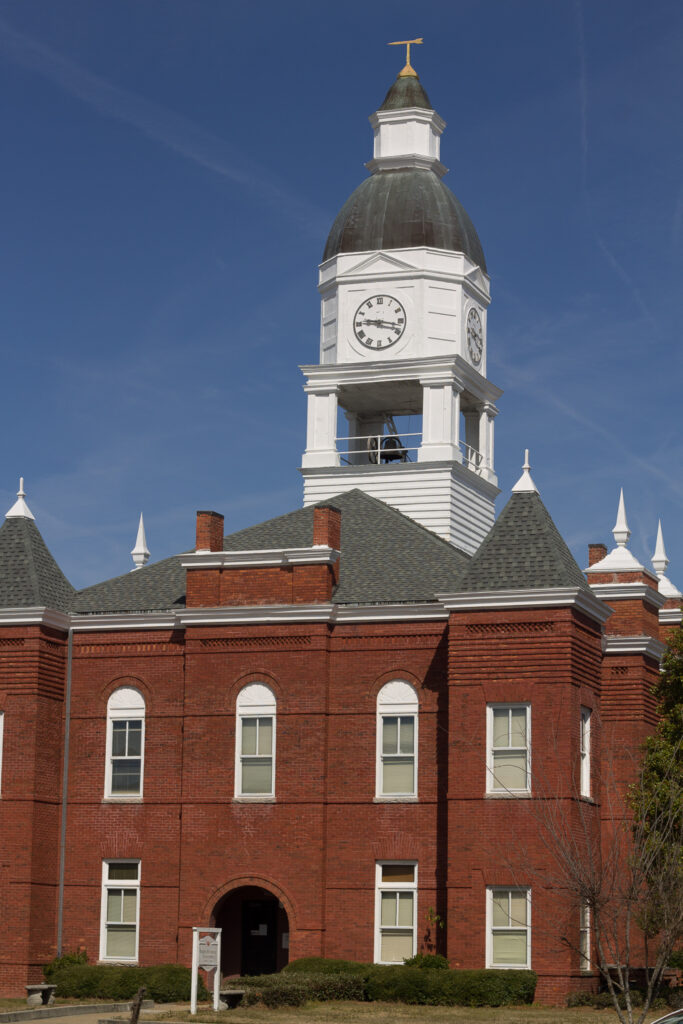
Alapaha was incorporated in 1881 on the site of a Seminole village with the same name. Its city hall is located in the old Alapaha Station, the former depot for the now defunct Brunswick and Albany Railroad. Some believe that Alapaha was the Creek word for “other side”; others believe it was the word Timucuan Indians used for “bear.” The Alapaha Station Celebration occurs the second weekend of each November.
Enigma was incorporated in 1906. Histories of the town’s name are apocryphal, and so as one source opined, the name remains an enigma. The Georgia writer Harry Crews used Enigma as the setting for his first novel, The Gospel Singer (1968).
Ray City was incorporated in 1909 as Ray’s Mill. The white settlement dates to 1863, when locals knew it as Rays Pond. The current name was adopted in 1915, after the town was moved to the railroad junction.
Informally, Berrien calls itself the “Bell Pepper Capital of the World,” and the economy of the county is primarily agricultural, concentrating on tobacco, corn, soybeans, peanuts, cotton, vegetables, hogs, beef, and forest products. One of Georgia’s first post roads opened in Berrien County in 1823 to enable residents to send their crops to Florida. A fifty-acre industrial park is located just east of Nashville.
Four buildings in Berrien County are on the National Register of Historic Places: the courthouse, the Alapaha Colored School, the Old Berrien County Jail, and the William G. Harrison/Eulalie Taylor House. The Alapaha Colored School was the only school for African American children in the northern part of the county from 1924 through 1953. Unusual in rural Georgia at the time for its size (it held four classrooms, rather than the usual one), the two-story, wood-frame building is one of a few still standing in the state. The classrooms accommodated eleven coeducational grades. The school closed in 1954 when all of Berrien County’s African American schools were consolidated into Nashville schools. Thereafter, the building served as classroom space for World War II (1941-45) veterans taking General Education Development, or GED, classes and as a Masonic lodge; since 2002 it has housed the Alapaha Library and Museum.
Nashville is home to the original Spirit of the American Doughboy statue, designed by sculptor Ernest M. Viquesney to honor those lost in World War I. The rural county lost twenty residents to the Otranto sinking, and another twenty-seven to combat or disease. Spirit created a sensation when it was first revealed in 1921, and copies of the statue can be found across the country.
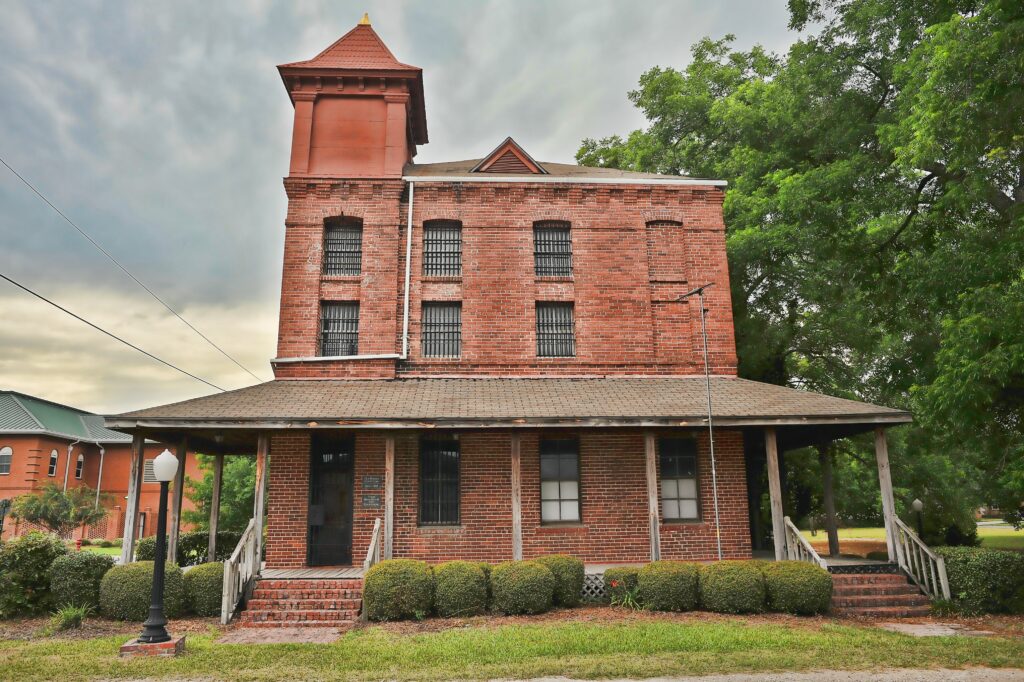
The Old Berrien County Jail, located in Nashville, is also known as the Berrien Historical Building and Agricultural Museum. The William G. Harrison/Eulalie Taylor House on Bartow Street in Nashville was built in the early twentieth century by the architect William G. Harrison and now holds law offices.
A state-supported park, the Paradise Public Fishing Area, is also located in the county. Its 1,060 acres include numerous lakes and ponds, making it attractive for outdoor recreation of all kinds, including fishing and picnicking.
The population, according to the 2020 U.S. census, is 18,160, a slight decrease from the 2010 population of 19,286.





